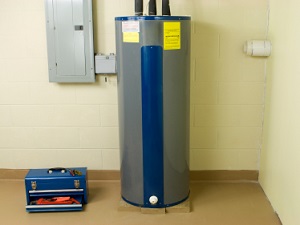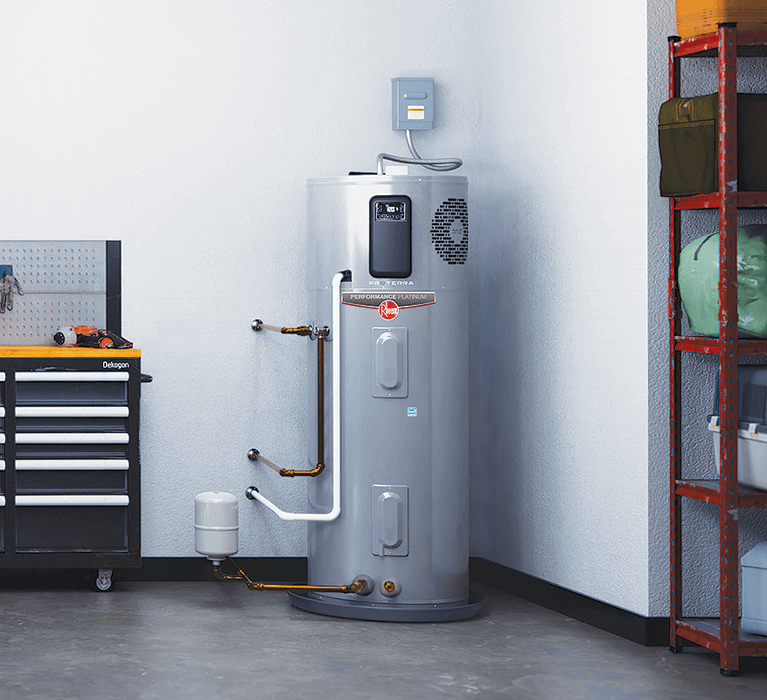How to Keep Your Home's Hot Water System in Good ConditionProfessional Tips on Maintaining Your Home's Hot Water System
How to Keep Your Home's Hot Water System in Good ConditionProfessional Tips on Maintaining Your Home's Hot Water System
Blog Article
What are your thoughts and feelings on Tips on Maintaining a Water Heater?

Warm water is crucial for daily convenience, whether it's for a rejuvenating shower or cleaning dishes. To guarantee your hot water system runs successfully and lasts much longer, regular upkeep is key. This short article supplies practical ideas and insights on just how to preserve your home's hot water system to stay clear of disruptions and expensive repairs.
Introduction
Keeping your home's hot water system may appear daunting, however with a couple of simple actions, you can guarantee it operates efficiently for years to find. This overview covers everything from comprehending your warm water system to DIY upkeep ideas and knowing when to hire expert assistance.
Relevance of Keeping Your Hot Water System
Routine upkeep not only prolongs the lifespan of your hot water system however also ensures it runs successfully. Neglecting maintenance can result in lowered performance, higher power bills, and even early failing of the system.
Signs Your Hot Water System Requirements Upkeep
Knowing when your hot water system requires focus can protect against major problems. Look out for indications such as irregular water temperature level, odd sounds from the heating system, or corroded water.
Recognizing Your Warm Water System
Prior to diving right into maintenance tasks, it's helpful to understand the standard components of your warm water system. Commonly, this includes the water heater itself, pipes, anode rods, and temperature level controls.
Monthly Maintenance Tasks
Regular regular monthly checks can assist capture small problems prior to they escalate.
Flushing the Water Heater
Flushing your hot water heater removes sediment buildup, improving efficiency and lengthening its life.
Monitoring and Replacing Anode Rods
Anode rods avoid rust inside the storage tank. Checking and replacing them when worn out is essential.
Examining and Adjusting Temperature Settings
Adjusting the temperature settings guarantees optimum efficiency and security.
DIY Tips for Upkeep
You can do a number of maintenance tasks yourself to keep your warm water system in leading problem.
Looking for Leaks
Frequently examine pipelines and connections for leaks, as these can lead to water damage and greater expenses.
Evaluating Pressure Relief Valves
Examining the stress safety valve ensures it functions correctly and protects against too much pressure buildup.
Protecting Pipes
Shielding warm water pipes lowers warmth loss and can conserve energy.
When to Call a Professional
While do it yourself upkeep is useful, some issues require specialist experience.
Complex Concerns Needing Professional Aid
Examples include significant leaks, electrical troubles, or if your water heater is consistently underperforming.
Regular Expert Maintenance Conveniences
Expert maintenance can consist of extensive inspections, tune-ups, and making certain conformity with safety criteria.
Final thought
Regular upkeep of your home's hot water system is essential for effectiveness, longevity, and expense savings. By adhering to these tips and recognizing when to seek specialist assistance, you can make certain a trustworthy supply of warm water without unanticipated interruptions.
How to Maintain an Instant Hot Water Heater
Before tinkering with your hot water heater, make sure that it’s not powered on. You also have to turn off the main circuit breaker and shut off the main gas line to prevent accidents. Also turn off the water valves connected to your unit to prevent water from flowing into and out of the appliance. 2. When you’re done, you have to detach the purge valves’ caps. These look like the letter “T” and are situated on either side of the water valves. Doing so will release any pressure that has accumulated inside the valves while at the same time avoid hot water from shooting out and burning your skin. 3. When the purge valves’ caps are removed, you have to connect your hosing lines to the valves. Your unit should have come with three hoses but if it didn’t, you can purchase these things from any hardware or home repair shops. You can also get them from retail stores that sell water heating systems. Read the user’s manual and follow it to complete this task properly. When the hosing lines are connected, open the purge port’s valves. 4. You should never use harsh chemical cleaners or solutions when cleaning your unit. Make use of white vinegar instead. It should be undiluted and you’ll probably use about 2 gallons. 5. Now flush your water heater. This task should probably take about 40 minutes. We can’t give you specific directions for this because the procedure is carried out depending on the type, model and brand of your heater. With that being said, refer to the user’s manual. 6. When you’re done draining the unit, you have to turn off the purge port valves again. Remove the hosing lines that you earlier installed on each of the water valves. Put the valve caps (purge port) back in their respective places and be very careful so as not to damage the rubber discs that are found inside these caps. 7. Now that everything’s back in place, check your user’s manual again to find out how to reactivate your water heating system. 8. Once it is working, turn one of your hot water faucets on just to let air pass through the heater’s water supply pipes. Leave the tap on until water flows smoothly out of it. https://www.orrplumbing.com/blog/2014/september/how-to-maintain-an-instant-hot-water-heater/

We hope you liked our section about What Kind of Maintenance Do Water Heaters Need?. Thanks a ton for taking time to browse our article post. Loved our write up? Please share it. Help others find it. I treasure your readership.
Click Here Report this page